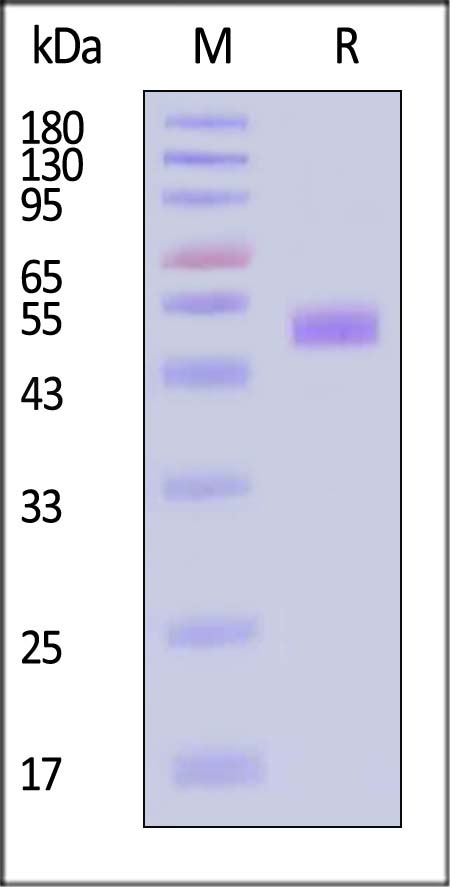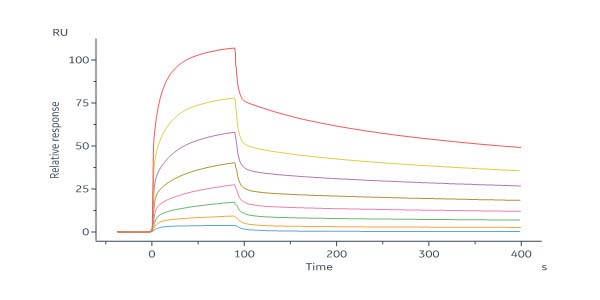Single-cell transcriptomics reveals novel chondrocyte and osteoblast subtypes and their role in knee osteoarthritis pathogenesisLiu, Da, Xu
et alSignal Transduct Target Ther (2025) 10 (1), 40
Abstract: Research on treating knee osteoarthritis (KOA) is becoming more challenging due to a growing number of younger patients being affected. The pathogenesis of KOA is complex for being a multifactorial disease affecting the entire joint, with remodeling of subchondral bone playing a key role in the degeneration of the overlying cartilage. Therefore, this study constructed a bipedal postmenopausal KOA mouse model to better understand how the interplay between subchondral bone remodeling and cartilage degeneration contributes to KOA development. A single-cell atlas of the osteochondral composite tissue was established. Furthermore, three novel subtypes of chondrocytes, including Smoc2+ angiogenic chondrocytes, Angptl7+ angiogenic chondrocytes, and Col1a1+ osteogenic chondrocytes, were identified in femoral condyles of KOA mice. In addition, the Angptl7+ chondrocytes promoted angiogenesis in the subchondral bone of KOA mice by interacting with endothelial cells via the FGF2-FGFR2 signaling pathway. The number of H-type vessels was increased in the subchondral bone, recruiting osteoprogenitor cells and facilitating osteogenesis in KOA mice. Sparc+ osteoblasts have negatively regulated bone mineralization and osteoblastic differentiation, aggravated the pathological remodeling of subchondral bone, and promoted the progression of KOA. The above findings have offered new targets and opened up an avenue for the therapeutic intervention of KOA.© 2025. The Author(s).
Corneal Stromal Stem Cell-Derived Extracellular Vesicles Attenuate ANGPTL7 Expression in the Human Trabecular MeshworkMoujane, Zhang, Knight
et alTransl Vis Sci Technol (2025) 14 (1), 21
Abstract: Regulating intraocular pressure (IOP), mainly via the trabecular meshwork (TM), is critical in developing glaucoma. Whereas current treatments aim to lower IOP, directly targeting the dysfunctional TM tissue for therapeutic intervention has proven challenging. In our study, we utilized Dexamethasone (Dex)-treated TM cells as a model to investigate how extracellular vesicles (EVs) from immortalized corneal stromal stem cells (imCSSCs) could influence ANGPTL7 and MYOC genes expression within TM cells.Human TM cell lines were isolated and cultured from donor corneoscleral rims. EVs were purified from imCSSC conditioned media (CM) using size exclusion chromatography and characterized by nanoparticle tracking analysis, transmission electron microscopy (TEM), and ExoView technology. TM cells were treated with either Dex alone or with EVs for 5 days. Quantitative polymerase chain reaction (PCR) was carried out to quantify the mRNA level of MYOC and ANGPTL7.A notable increase in the expression levels of MYOC and ANGPTL7 genes was observed compared with untreated TM cells (control). Furthermore, upon comparing Dex-treated TM cells with those receiving both Dex and EV treatments, a statistically significant reduction in ANGPTL7 expression (P < 0.05) was detected.The present study demonstrates that imCSSCs-derived EVs can effectively decrease the expression of ANGPLT7, a gene associated with fibrosis and implicated in the abnormal elevation of IOP in patients with glaucoma.Our study shows that imCSSC-derived EVs can specifically target ANGPTL7 expression, making them a promising preclinical therapy for glaucoma.
Predicting gene signature in breast cancer patients with multiple machine learning modelsZhu, Xu
Discov Oncol (2024) 15 (1), 516
Abstract: The aim of this study was to predict gene signatures in breast cancer patients using multiple machine learning models.In this study, we first collated and merged the datasets GSE54002 and GSE22820, obtaining a gene expression matrix comprising 16,820 genes (including 593 breast cancer (BC) samples and 26 normal control (NC) samples). Subsequently, we performed enrichment analyses using Gene Ontology (GO), Kyoto Encyclopedia of Genes and Genomes (KEGG), and Disease Ontology (DO).We identified 177 differentially expressed genes (DEGs), including 40 up-regulated and 137 down-regulated genes, through differential expression analysis. The GO enrichment results indicated that these genes are primarily involved in extracellular matrix organization, positive regulation of nervous system development, collagen-containing extracellular matrix, heparin binding, glycosaminoglycan binding, and Wnt protein binding, among others. KEGG enrichment analysis revealed that the DEGs were primarily associated with pathways such as focal adhesion, the PI3K-Akt signaling pathway, and human papillomavirus infection. DO enrichment analysis showed that the DEGs play a significant role in regulating diseases such as intestinal disorders, nephritis, and dermatitis. Further, through LASSO regression analysis and SVM-RFE algorithm analysis, we identified 9 key feature DEGs (CF-DEGs): ANGPTL7, TSHZ2, SDPR, CLCA4, PAMR1, MME, CXCL2, ADAMTS5, and KIT. Additionally, ROC curve analysis demonstrated that these CF-DEGs serve as a reliable diagnostic index. Finally, using the CIBERSORT algorithm, we analyzed the infiltration of immune cells and the associations between CF-DEGs and immune cell infiltration across all samples.Our findings provide new insights into the molecular functions and metabolic pathways involved in breast cancer, potentially aiding in the discovery of new diagnostic and immunotherapeutic biomarkers.© 2024. The Author(s).
Ferroptosis-related genes DUOX1 and HSD17B11 affect tumor microenvironment and predict overall survival of lung adenocarcinoma patientsWei, Li, Qiao
et alMedicine (Baltimore) (2024) 103 (22), e38322
Abstract: Recent studies have found that ferroptosis-related genes (FRGs) have broad applications in tumor therapy. However, the predictive potential of these genes in lung adenocarcinoma (LUAD) remains to be fully characterized. We aimed to investigate the FRGs that might be potential targets for LUAD.We screened the RNA sequencing samples from LUAD patients from the GEO database and analyzed the ferroptosis-related differentially expressed genes (DEGs). A functional analysis of DEGs was performed. The risk model was constructed to evaluation and validation FRGs. We explored the immune landscape of LUAD and controls. The value of FRGs in diagnosing LUAD was tested in the GSE30219, GSE37745, GSE0081 datasets, and qPCR was used to verify their diagnostic value in LUAD patients in our hospital.A total of 1327 DEGs in quantitative proteomics were obtained, of which ferroptosis-related DEGs were 259. Enrichment analysis showed significant enrichment in the absorption and metabolism of fatty acids and arachidonic acid. The upregulated genes (GCLC, RRM2, AURKA, SLC7A5, and SLC2A1) and downregulated genes (ANGPTL7, ALOX15, ALOX15B, HSD17B11, IL33, TSC22D3, and DUOX1) were selected as core genes in tissue samples from 62 patients by qPCR. DUOX1 and HSD17B11 were obtained by bioinformatics analysis, both of which showed similar expression trends at the RNA and protein levels. The Kaplan-Meier method showed that DUOX1 and HSD17B11 were closely related to the overall survival (OS) of LUAD patients.Ferroptosis-related genes DUOX1 and HSD17B11 are of considerable value in the diagnosis of LUAD patients. Their low expression suggests an increased recurrence rate and leads to a decrease in the patient quality of life.Copyright © 2024 the Author(s). Published by Wolters Kluwer Health, Inc.


























































 膜杰作
膜杰作 Star Staining
Star Staining















